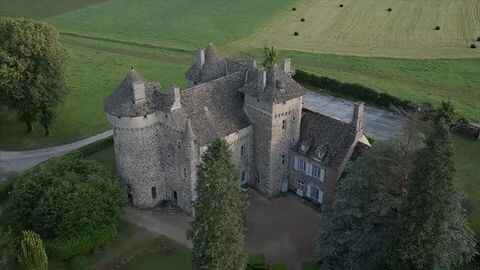Huawei demonstrates how smart technology can be used to transform castles like La Vigne while maintaining its historic charm. This allows for interactive tours and seamless communication.
While maintaining their historical elegance and integrity, castles and chateaus that have long served as symbols of European heritage are now getting high-speed broadband internet.
Huawei demonstrated a range of applications in this field at the HUAWEI CONNECT 2024 event, which took place at the Paris Expo last weekend. The event focused on how digital and smart technologies are propelling Europe’s green and digital transformation.
For more than 20 years, Huawei has been working with more than 5,000 regional partners around Europe to establish co-innovation hubs, production facilities, and local supply chains. Through this collaboration, dependable and affordable campus networks have been created, enhancing online education for schools and empowering medical professionals to employ AI to make more precise and effective diagnoses.
Historic European landmarks like castles and chateaus are now connected to high-speed broadband while maintaining their traditional architecture and atmosphere, making the tourism industry one of the most prominent examples of technological revolution.
The 15th-century La Vigne Castle near Ally, France, serves as an illustration of its use.
Castle modernization
There are many obstacles to overcome when setting up the infrastructure for linked services in structures like castles and chateaus, particularly when it comes to the preservation of the buildings. The installation of essential services must take into consideration obstacles such thick stone walls, where Wi-Fi by itself cannot offer dependable access, and many historical locations necessitate starting from scratch.
It used to be difficult to give visitors and employees at La Vigne Castle, a protected historical site with guided tours and lodging, dependable internet, entertainment, and information. Due to the castle’s protected status, conventional building techniques were also prohibited, as was drilling into the timber panels and walls.
A “transparent fiber” solution was used to address this. To ascertain the quantity of material required and to guarantee ideal placement, specialized equipment was employed. Because of its modest size, the transparent, almost invisible wire could be inserted without destroying the castle’s historic features.
The high-speed connection made streaming movies and doing video conferences easy. Connected cameras also improved security, and with this new infrastructure, tourists could take advantage of creative, interactive tour experiences.
As a result of these efforts, a castle was equipped with the first high-speed internet connection in history, establishing a standard for such undertakings in the future.






